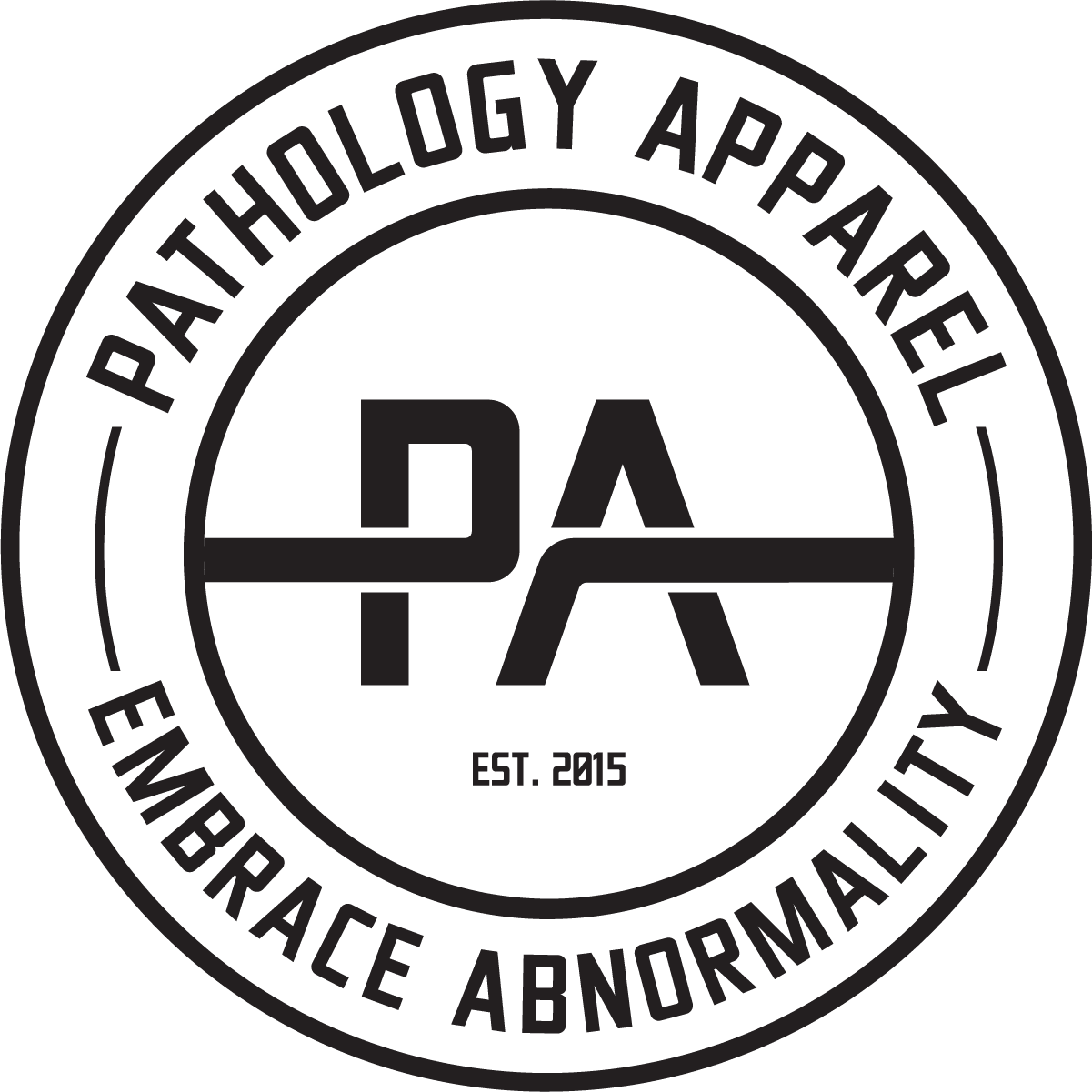Breathing for Pain Relief
As I pointed out in earlier articles, chronic decreases in carbon dioxide (hyperventilation) can lead to muscle fatigue, which could then increase the prevalence of muscle spasms and trigger points. Inflammation from various causes, coupled with moderate increases in tissue pH can induce more sensitization than inflammatory processes alone.1 Decreasing levels of co2 can also cause restlessness, tension, and other changes in muscle tension and activation.
Along these same lines, breathing abnormalities could be causing certain motor units (muscles) to remain in constant tension (even if it’s not perceivable until its a full-fledged trigger point and starts referring pain). Whether trigger points are developed due to ischemia, constant stimulation leading to muscle fatigue, or were already present and changes in pH just increase sensitivity to pain signals, moderate hyperventilation’s role in these processes could make it a top suspect in the chronic pain mystery. Also, anxiety often causes increased respiration and hyperventilation, which then stimulates the sympathetic nervous system to cause more anxiety (and the cycle repeats).
With all that being said, clinically, a treatment plan that highlights breathing mechanics and education could be used as a more holistic supplement to manual therapy, postural restoration (which some lump breathing mechanics in with), modalities, and restorative therapeutic exercises.
Next, let’s take a closer look at the female population…
The ratio of women to men who are affected by breathing pattern problems is between 2:1-7:1, and usually it’s a subtle, undetected, chronic issue rather than an acute one.
Hormone levels likely play into this statistic. Progesterone is known to increase breathing rate, and as such, women experiencing the hormone influx of the maternity cycle could be at a higher risk of blowing off excess co2 and reaching level of hyperventilation.
Many manual therapists have implemented deep breathing with their treatment, which makes sense, since this stimulates the parasympathetic nervous system, decreasing muscular tone. But the effect may be further reaching than that. If patients could be taught basic breathing exercises, they could become more aware of their breathing rhythm and essentially decrease the factors contributing to chronic pain and dysfunction.
Breathing retraining focused on breathing rate and mechanics can decrease respiratory alkalosis (basic pH within the body). This in turn could decrease the symptoms of anxiety, trigger point development, and chronic pain, while simultaneously increasing neurological and neuromuscular function, along with postural control.
So how to we start this journey of better breathing mechanics? Stay tuned for some drills and ideas to maximize your breathing efficiency, and decrease the negative effects of hyperventilation and faulty breathing patterns on your performance and life.
Here’s Quinn Henoch, to step you through some breathing basics.
Tyler
CSCS SPT
Owner Pathology Apparel
Resources:
Handwerker H, Reeh P. Pain and Inflammation. Proceedings V1th World Congress on Pain. Pain Research and Clinical Management. Amsterdam: Elsevier; 1991:59-70.
Chaitow L. Breathing pattern disorders, motor control, and low back pain. Journal of Osteopathic Medicine. 2004;7(1):33-40.
